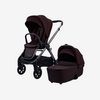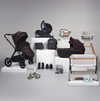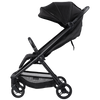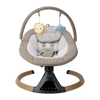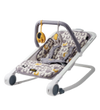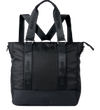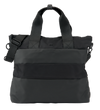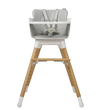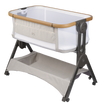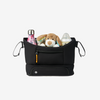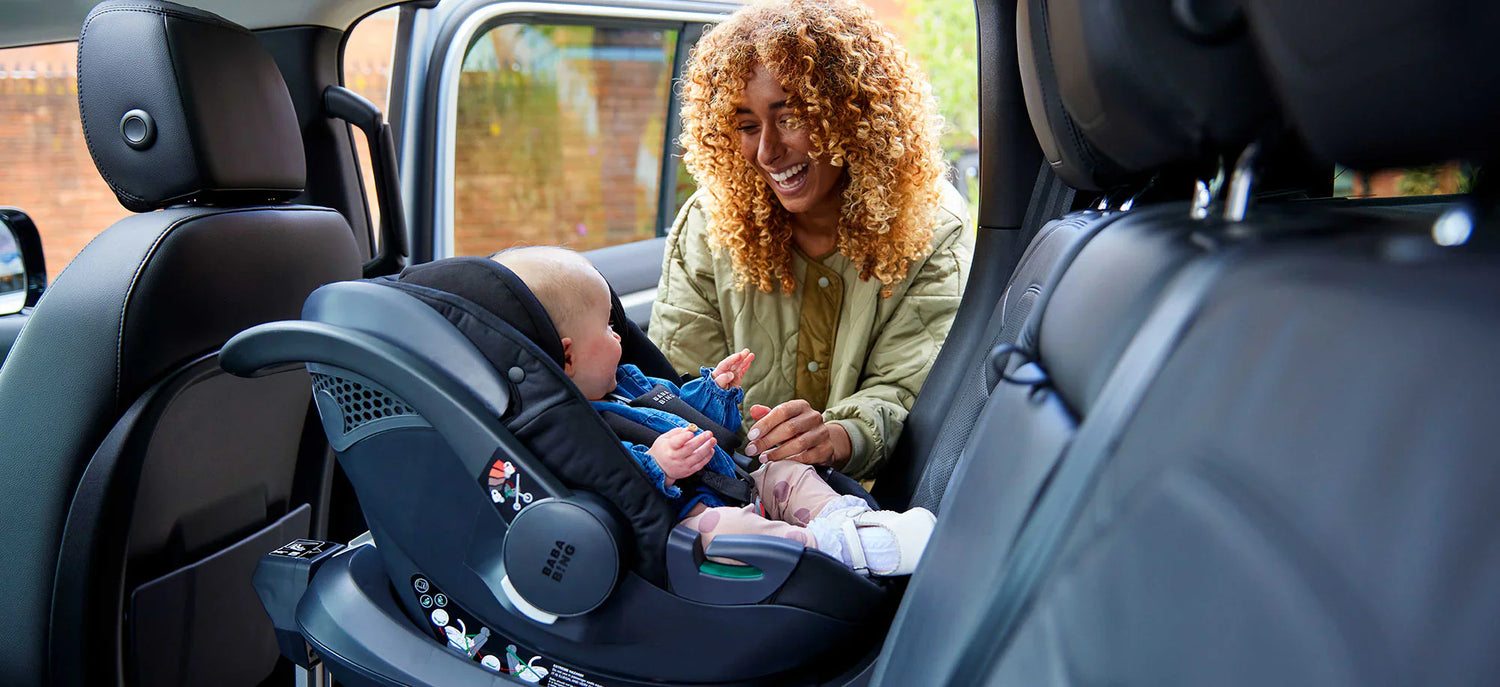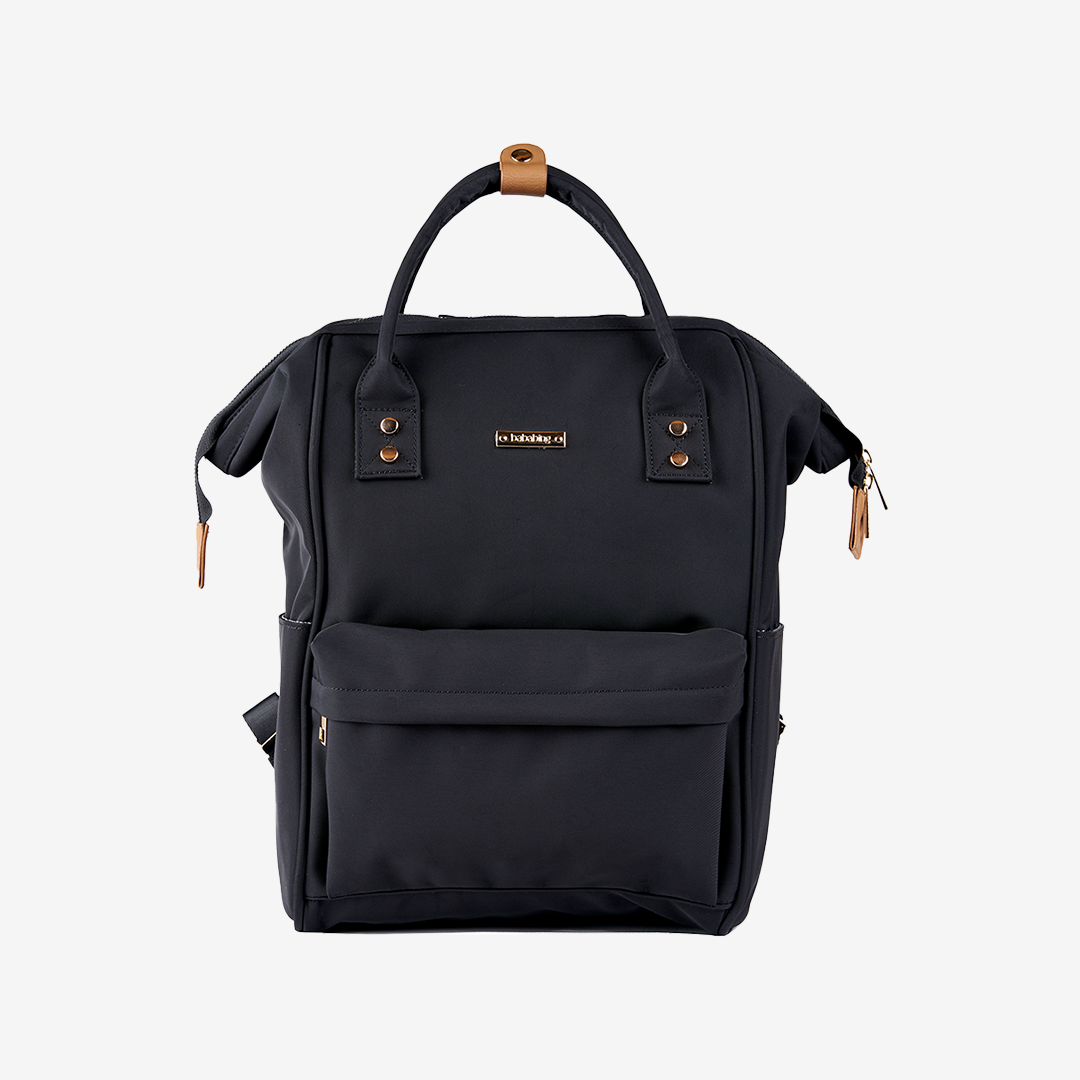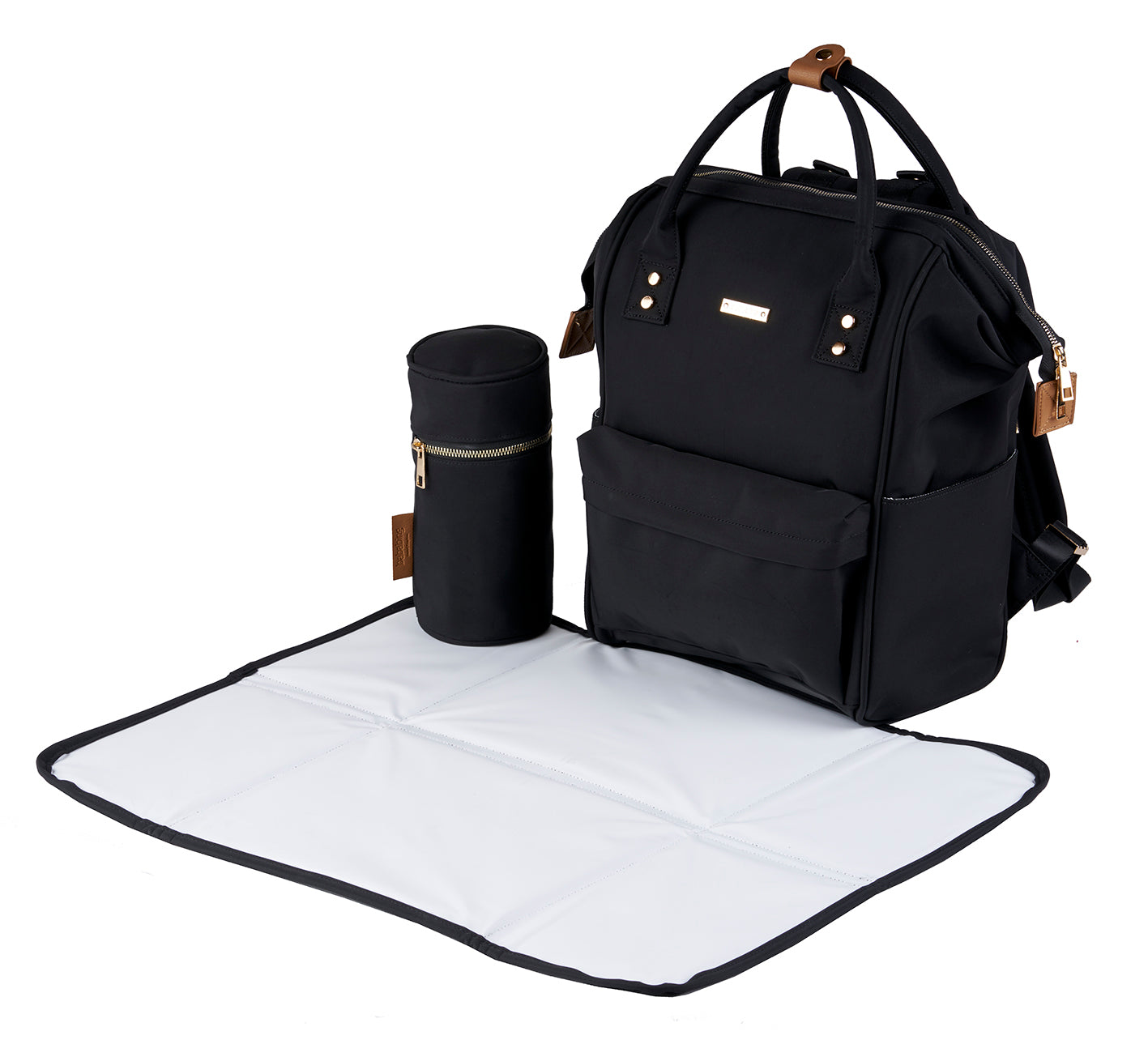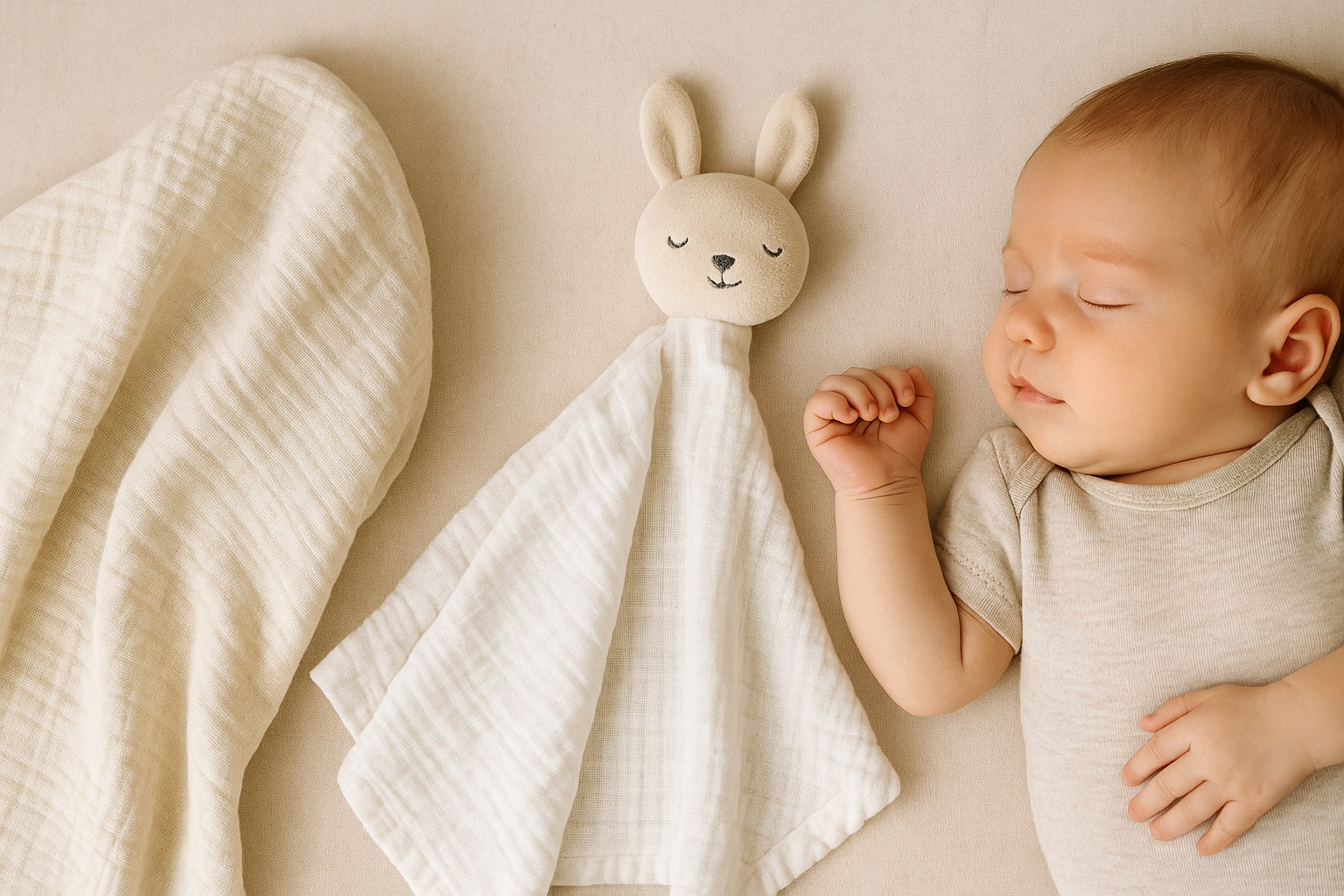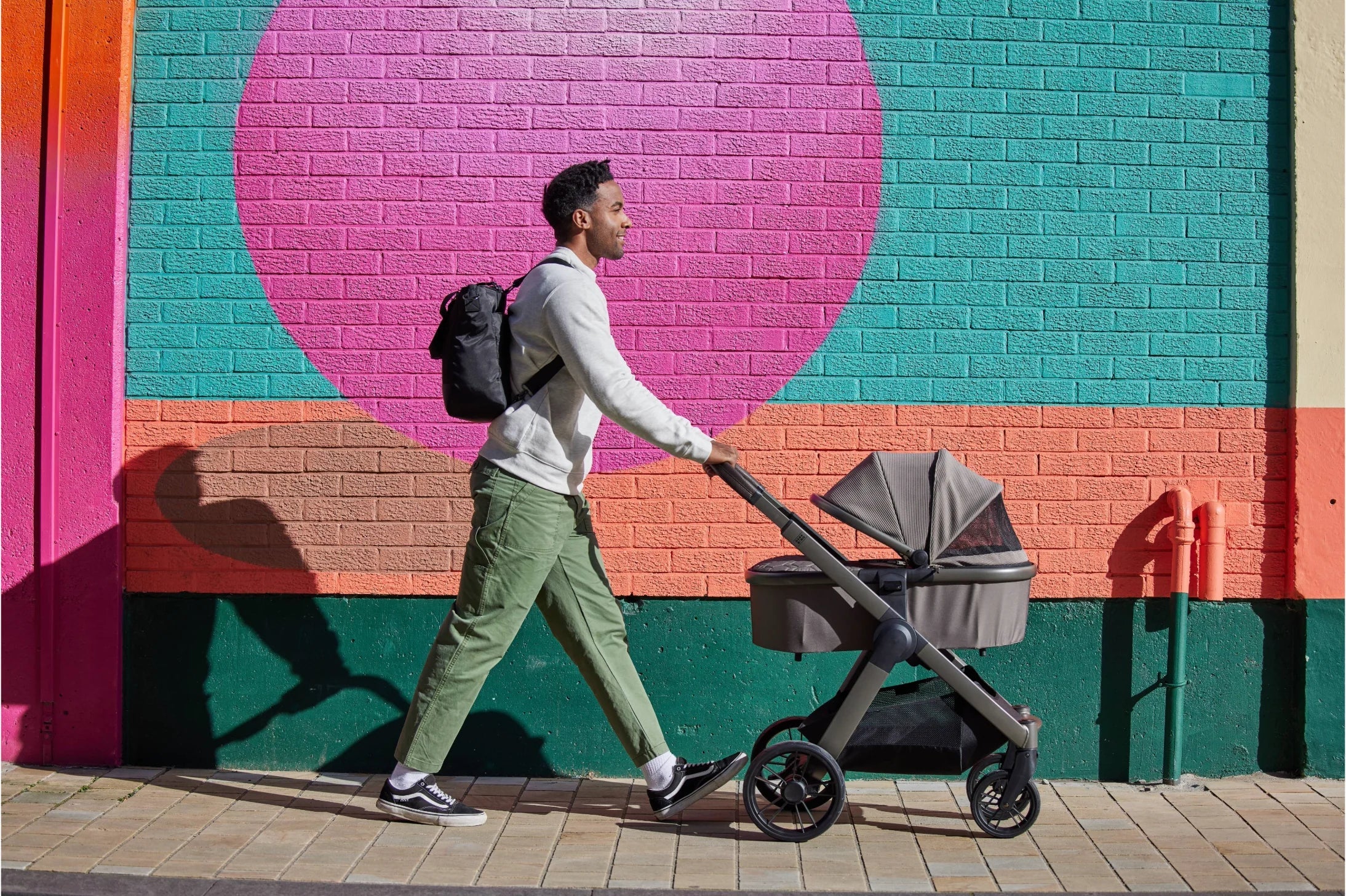Introduction - Let's Dive Right In!
Table of contents
Bringing your baby home for the first time is one of life’s biggest milestones — and one of the first things you’ll need is a safe, reliable car seat. But with so many models, weight groups, and safety labels on the market, knowing how to choose a baby car seat can feel like navigating a maze. The right choice isn’t just about comfort or cost; it’s about protecting your child on every journey, from their very first ride home to their toddler years.
In this guide, we’ll break down everything you need to know — the different types of seats, the safety standards to look for, how to make sure it fits your car properly, and the common mistakes to avoid. By the end, you’ll feel confident in making a choice that’s safe, practical, and perfectly suited to your family.
💡 Did you know
Did you know that in the UK, children must use a car seat until they are 12 years old or reach 135cm in height? Research shows that a correctly fitted car seat can reduce the risk of injury in a crash by up to 70%, yet studies also reveal that around 60% of car seats are either installed incorrectly or aren’t suitable for the child’s size. It’s also worth noting that car seats aren’t one-size-fits-all — some are designed specifically for newborns, while others are built to grow with your child right through to their school years.
Selecting the Perfect Baby Car Seat
Step 1: Understanding Car Seat Essentials
- Match seat to age and weight – Always check the manufacturer’s guidelines to ensure the seat is designed for your child’s stage, from newborn to toddler.
Check safety standards – Look for the latest R129/i-Size or ECE R44/04 certification to make sure the car seat meets current safety regulations.
Test the fit in your car – Not every car seat fits every vehicle; try it out before buying to ensure it secures properly with your seat belt or ISOFIX points.
😍 Top Tip: Don’t leave car seat installation until the last minute. Practice fitting it well before your baby arrives, ideally with guidance from the retailer or by following the manufacturer’s video tutorials. That way, when it’s time for the first ride home, you’ll feel confident and won’t be fumbling with straps under pressure.
Step 2: Choosing the Right Type for Your Child
Car seats aren’t one-size-fits-all. Infant carriers are designed for newborns, while convertible seats and booster seats suit older babies and toddlers. Match the type of seat to your child’s age, weight, and stage of development.
Step 3: Checking Safety Standards and Certifications
Always look for up-to-date certification labels. In the UK and EU, that means R129/i-Size or ECE R44/04. These show the seat has passed strict crash tests and meets modern safety requirements.
Step 4: Ensuring the Perfect Fit in Your Car
Not all seats fit every car. Test how the seat installs with your seat belts or ISOFIX points, and make sure it sits securely without movement. If possible, try it in your car before buying to avoid surprises.

@bababing_world Meet the Hera Verto Car Seat + Isofix Base. ✅ Safe. ✅ Simple. ✅ Stress-free. Because every journey should feel this smooth. 👶💜 #ParentTok #BabyEssentials #CarSeatGoals #BabyTikTok #CarSeatSafety ♬ original sound - Bababing!
Pros and Cons of Different Baby Car Seats
Infant Carriers
Pros: Lightweight and portable, can clip onto prams, designed for newborn safety.
Cons: Short lifespan (usually up to 12–15 months), meaning you’ll need to buy another seat soon.
Convertible Car Seats
Pros: Long-term value — grows with your child from baby to toddler, often rear- and forward-facing.
Cons: Bulkier, less portable, not as convenient for carrying a sleeping baby in and out of the car.
Booster Seats (for older children)
Pros: Simple, lightweight, easy to install, designed for kids up to 12 years old or 135cm.
Cons: Not suitable for babies, and some models lack the extra padding or recline options younger kids may need.
Common Mistakes to Avoid When Choosing a Baby Car Seat
It’s easy to get swept up in glossy marketing, glowing reviews, or the well-meaning advice of ten different relatives. But when it comes to car seats, there are a few traps that parents fall into again and again.
One of the biggest? Buying on looks instead of fit. That cute fabric pattern won’t matter if the seat doesn’t install securely in your car.
Another is assuming one seat will do forever — the truth is, your baby grows fast, and a seat that’s safe today could be useless in six months. Then there’s the temptation of a bargain: second-hand seats might hide damage you can’t see, and without knowing their crash history, you’re taking a real gamble.
Finally, many parents discover too late that they’ve clipped the seat in wrong — studies show most car seats are fitted incorrectly, which means all that clever design doesn’t get a chance to work.
The good news? Every one of these mistakes is avoidable if you slow down, double-check compatibility, and take a few minutes to practice fitting before the big day arrives.
Considering Starter Bundles
When you’re shopping for your first car seat, you’ll probably notice bundles that include a seat, a pushchair, and sometimes even a base. These travel systems can be a smart choice for new parents who want convenience and consistency. Having one set that’s designed to work together means fewer compatibility headaches and often saves money compared with buying items separately.
The flip side? Bundles can lock you into one brand, which might limit your choices if you want a different pushchair style later. Some bundled seats are also more basic than standalone models, so it’s worth checking whether the car seat in the package meets the latest safety standards and truly suits your baby’s needs.
If simplicity and “one purchase to cover it all” appeals to you, a starter bundle can be brilliant. Just make sure you’re not compromising on safety or long-term practicality for the sake of convenience.
Q: When should I buy my baby’s first car seat?
A: Before your due date. Hospitals won’t let you take your newborn home without one properly fitted.
Q: Do I have to use ISOFIX?
A: Not always — but ISOFIX makes installation easier and reduces the risk of mistakes. If your car doesn’t have ISOFIX points, seatbelt-installed options are still safe when fitted correctly.
Q: How long can my baby stay in a car seat at one time?
A: For newborns, try to limit journeys to around 30 minutes at a stretch, and no more than 2 hours total in a day. Their spines and airways need regular breaks.
Q: Can I reuse a car seat for my next child?
A: Yes, but only if you know its full history. Avoid using any seat that’s been in a crash, is older than 6–10 years, or no longer meets current safety standards.
Q: What’s the difference between R129/i-Size and ECE R44/04?
A: R129 (i-Size) is the newer standard, focusing on height-based groups, side-impact testing, and mandatory rear-facing to 15 months. R44 is older but still legal for now.

